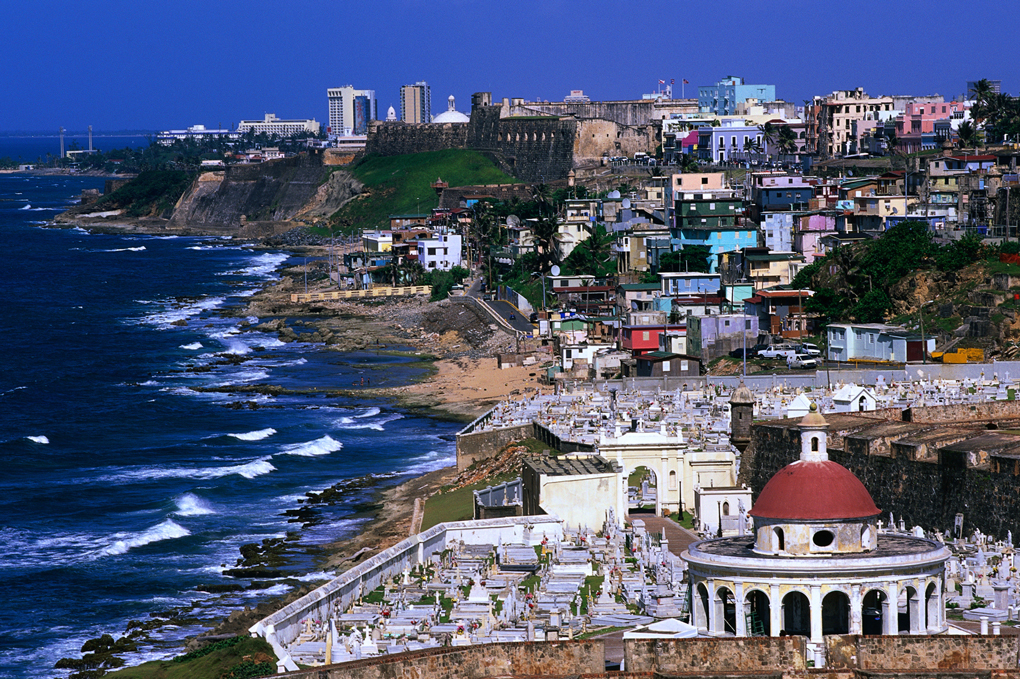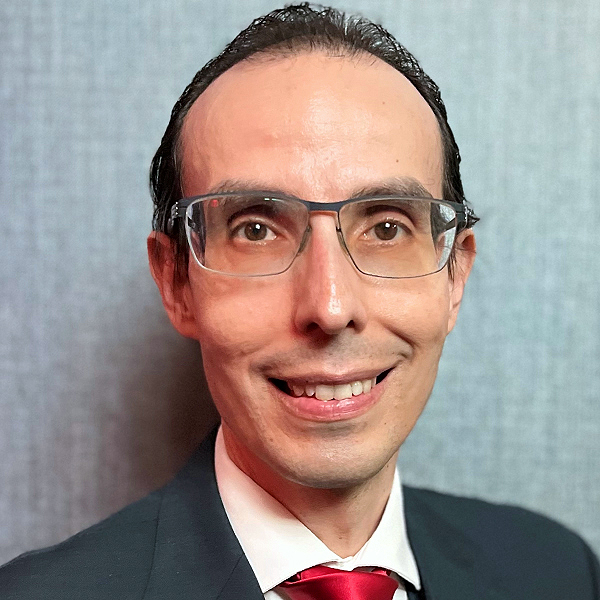
In July, New York Fed President John Williams traveled to Puerto Rico to meet with local nonprofit and community leaders, government officials, and business and higher education representatives, with the aim of understanding economic conditions as the island emerges from the pandemic and continues on the road to recovery from major hurricanes. In this two-part series, we will share what we learned on our visit. Today’s post centers on takeaways from engagements in the San Juan metropolitan area, and tomorrow’s post will focus on the island’s west coast.
Pandemic Response
At meetings in San Juan and Loiza, community health leaders noted that the island’s health authorities were well prepared to deal with the COVID-19 pandemic when it took hold in 2020, particularly with regard to communications strategies and informing the public about the virus. Previous experience with illnesses such as the H1N1 flu (swine flu), chikungunya fever, and Zika virus provided Puerto Rico’s health officials with a road map on how to create effective campaigns to convey health information to the public.
Stakeholders noted that the government was proactive in providing public health guidance throughout the pandemic. Meanwhile, mask usage was widespread, and uptake was strong when the vaccines arrived. With the federal government covering nearly the entire cost of the vaccine, the island’s leaders were able to develop an aggressive response, leading to a vaccination rate of over 80%.
Cooperativa Sector
Puerto Rico’s financial sector includes over 100 “cooperativas,” or local institutions that are similar to mainland credit unions. Representatives from cooperativas noted that they are hyper focused on their local communities, providing financial services and access to credit to members that mainly come from low- and moderate-income backgrounds. They also highlighted their efforts to serve not just members but whole communities in the wake of natural disasters.
Challenges facing the sector include demographic trends, with an 11.8% decline in the island’s population between 2010–2020; ramping up lending to support solar installations and resiliency projects; and maintaining adequate capitalization levels. Cooperativas also seek to build partnerships with financial institutions — both on the island and the mainland — to expand Community Reinvestment Act investments.
Small Business and Entrepreneurial Ecosystem
During a visit to the Puerto Rico Science, Technology, and Research Trust (commonly known as the Science Trust), we learned how this organization is providing support services to entrepreneurs to promote innovation. Entrepreneurs can access a wide array of technical assistance services through accelerator programs such as Colmena66, Fase 1, Parallel 18, and Xpand. The Science Trust also has a dedicated technology transfer office to assist university researchers and a research grant program to help science-based companies further develop innovative ideas.
Two companies — MBQ Pharma and Huerto Rico — were highlighted as case studies showing how the Science Trust layers its programs to assist companies in different phases of development. MBQ Pharma, founded by scientists from the Medical Sciences Campus of the University of Puerto Rico, is the first R&D driven biopharmaceutical company in Puerto Rico. The Science Trust facilitated the launch of the company with business plan assistance, technology transfer, and compliance. And Huerto Rico, which grows specialty mushrooms, received assistance on its research from the Science Trust’s Center for Biodiversity.
Looking Ahead
The next several years present a critical juncture for Puerto Rico. Federal recovery funds from Hurricanes Irma and Maria are funneling through the final stages of approvals, which should support the significant rebuilding boom that is already underway. The tourism sector has rebounded, with many visitors from the mainland opting to visit the island rather than other parts of the world with pandemic restrictions. And with the pandemic reshaping the work environment in corporate America, local policy makers hope to capitalize by attracting remote workers to the island.
Still, challenges remain. Stakeholders noted the island’s unreliable power grid, a need for stronger healthcare infrastructure, an excess of red tape in the area of business permitting, and variability in the readiness of the workforce.
For more on our visit to Puerto Rico, read part two of this series: Ports of Call on the West Coast.

Tony Davis is the director of community outreach and health in the Communications and Outreach Group at the New York Fed. He focuses on issues related to health and economic development.

Javier Silva is a community development senior outreach associate in the Communications and Outreach Group at the New York Fed. He focuses on issues related to climate, health, small business, and Puerto Rico and the U.S. Virgin Islands.
This article was originally published by the New York Fed on Medium.
The views expressed in this article are those of the contributing authors and do not necessarily reflect the position of the New York Fed or the Federal Reserve System.










